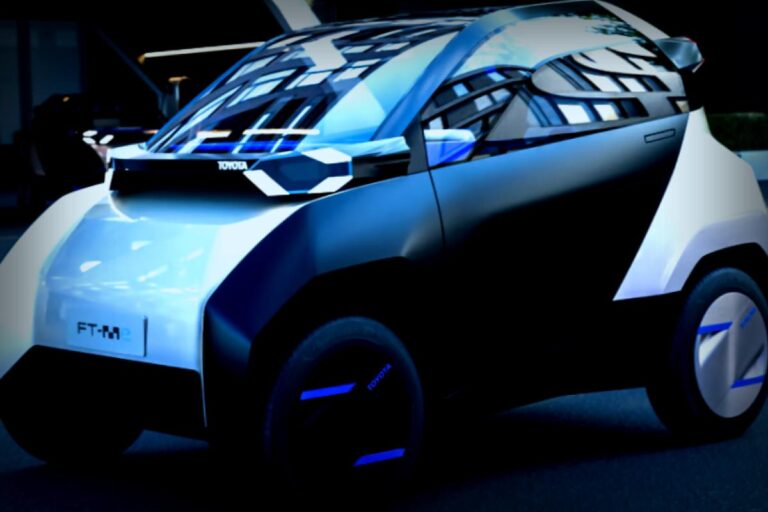Hey there! Welcome to this week’s Tech Talk, where we dive into how the gadgets in our lives actually work, all in a way that keeps it simple. Technology can definitely get a bit nerdy, but we’re here to break it down together so everyone can wrap their heads around it!
Although you might not care about the specifics, that’s totally fine. The most important thing is that your tech gadgets bring you joy. However, who knows? You might end up learning something new in the process!
How on Earth Do These Tiny Cameras Take Great Photos?
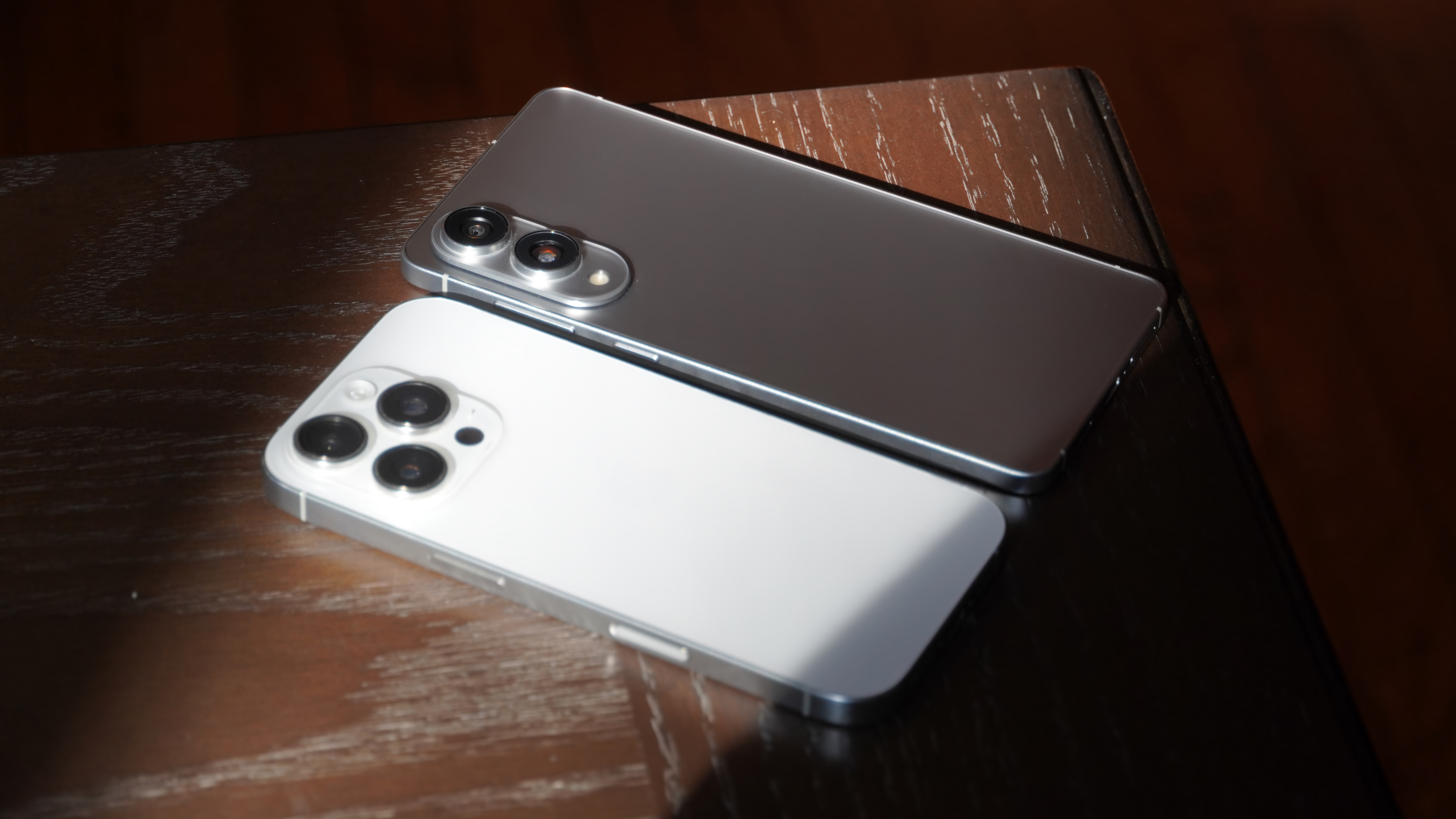
Unless you’re a photographer by trade or taking gorgeous snaps is your hobby, odds are your smartphone camera is the best photography tool you have. Funny enough, that wasn’t always the case.
Just about a decade ago, I played around with a $12 Barbie-themed disposable camera and compared it to a few pricey smartphones, and shockingly, that throwaway camera won hands down! Fast forward to today, and it feels like we’ve made significant strides — but it still feels a touch magical.
The truth is, even top-of-the-line smartphone cameras come equipped with hardware that seems almost laughable compared to traditional cameras. They usually lack depth focus, are primarily made of plastic instead of glass, and have tiny sensors. It’s hard to believe they’re capable of taking great pictures — but they do!
So, how does this wizardry happen? There are two main reasons: one is on the technical side and the other is more practical. I won’t drown you with technical jargon, but let me give you a quick peek into the magic!
The Electronic Shutter Mystique
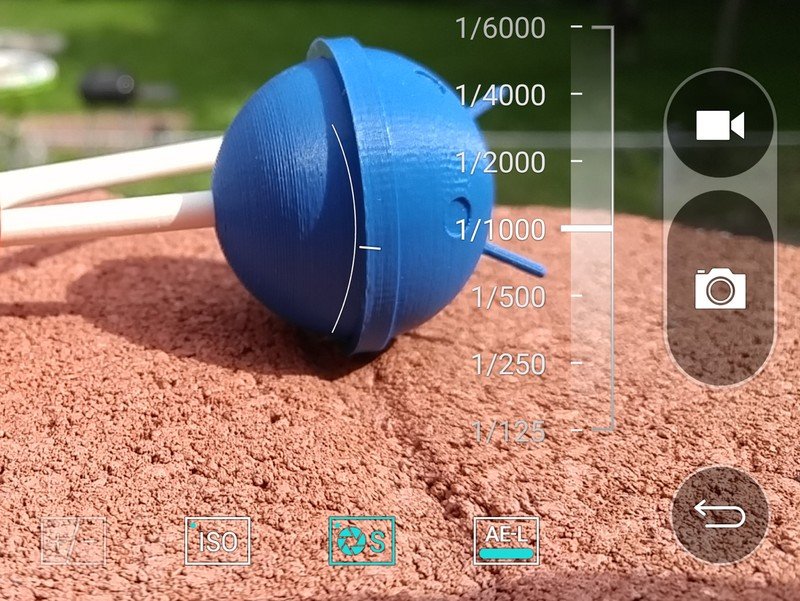
Your smartphone camera works kind of like a camcorder or a webcam. There’s an operation that goes on under the hood referred to as the electronic shutter. You might have seen someone using a little hole in cardboard as a makeshift camera, but digital cameras — like the ones on our phones — are a different ballgame altogether.
Inside your smartphone, there’s a collection of light-sensitive devices called photodiodes. Each one reacts to light, which affects how much current flows through them.
This electrical flow goes into something called a charge well, which stores information for every pixel (with 1 MP being 1 million pixels). As the camera collects light, it gathers charge until it’s full.
When it’s time to convert that light into a picture, that diode turns off, and the charge gets turned into a specific voltage. It goes through a clean-up process and transforms into digital data thanks to a converter, producing numbers for each pixel. If you like tinkering, some cameras let you adjust how long the shutter collects that data!
This whole system is what we call an electronic shutter. Once activated, it constantly fills up with data until you tell it to stop, similar to pressing the button on a traditional camera.
Then, specialized chips and software from big names like Google, Apple, or Qualcomm take that data, tweak and arrange it all into what eventually becomes the colourful pixels you see. The software stands out as even more crucial than hardware since light is continuously changing; it’s essential to process it into a great image.
Sure, there are more intricate features at play, but this gives you a solid idea of how an “always-on” sensor captures images in real-time.
What Makes Smartphone Pictures So Great in Real Life?
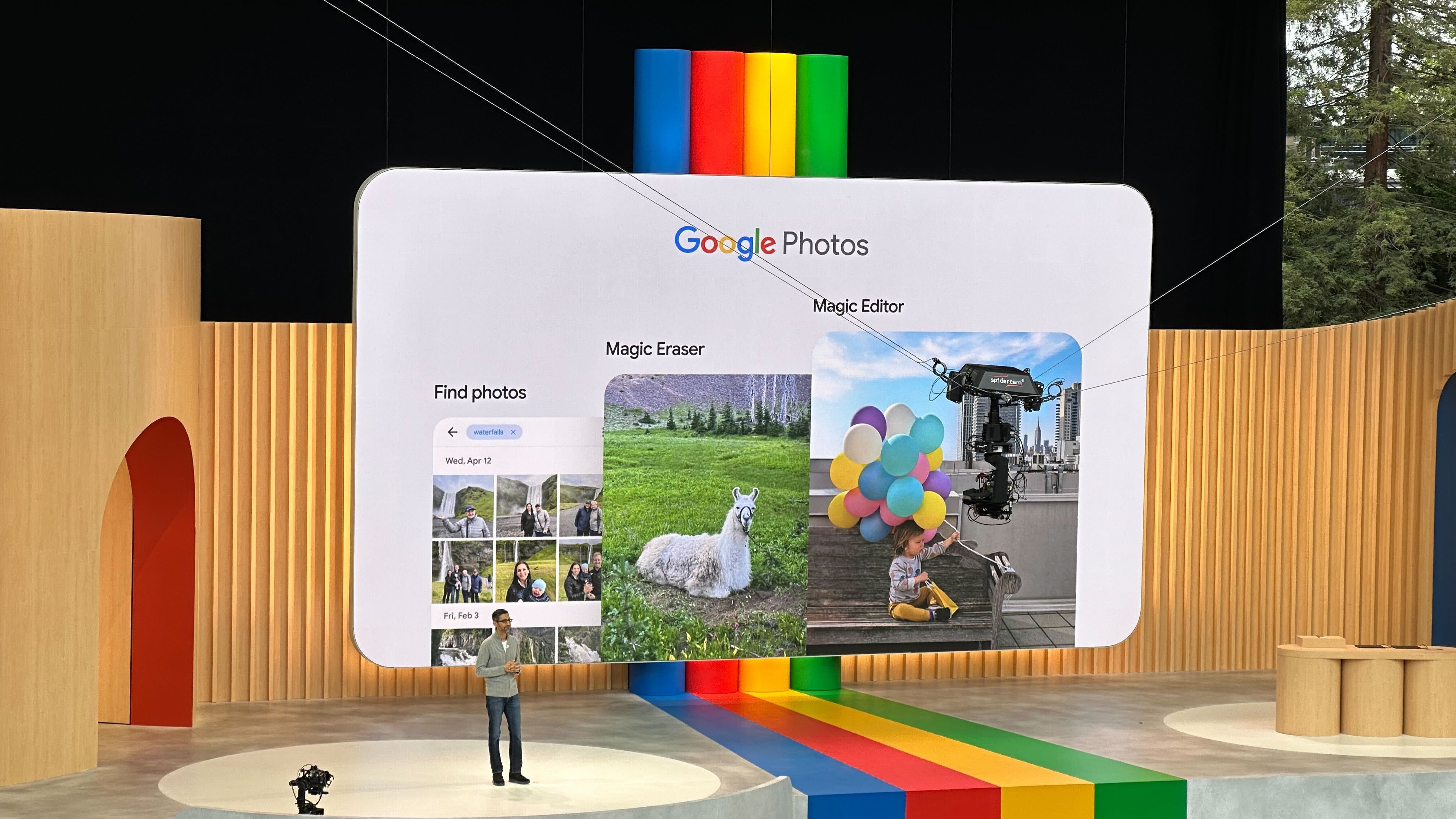
Setting electronics aside, the coolest reason why smartphone pictures rock is pretty straightforward: The source is tailored for the destination.
Sounds like philosophy, right? But it’s totally true! A smartphone’s camera is specifically made to create beautiful photos perfect for viewing on screens, like the one attached to your device. Since most of our photos are shared digitally, they turn out great on devices. However, if you print that pic at Walmart, that’s a whole different story.
When you stack up a smartphone camera photo next to one taken with an advanced camera that has glass lenses, adjustable settings, and a larger sensor, smartphone pics generally hold up well only when viewed small. This is by design — the smart algorithms I mentioned earlier prioritize making tiny images shine on screens.
Let’s not forget the size factor. A 16MP smartphone sensor is like one-fortieth the size of that same sensor in a professional camera. This means you’ve got 40 times more light data at play with a traditional camera. You notice the difference in capturing an unedited shot, but it’s hidden even in your phone’s RAW format because the software manages most of how this all pans out.
What Truly Counts Is Your Enjoyment
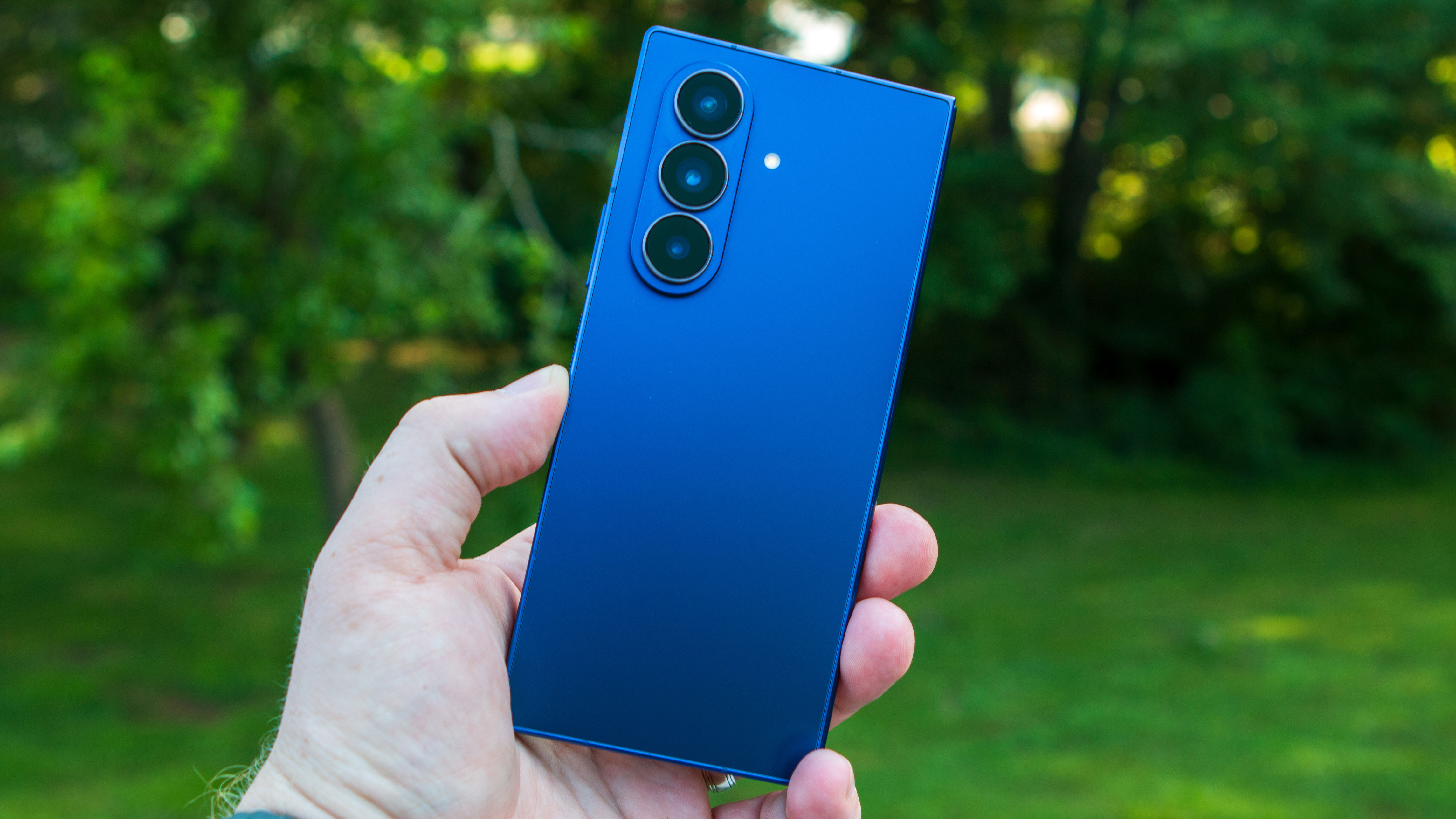
At the end of the day, what matters is that you love the snaps you can take with your phone instead of how they came to be. Manufacturers have done an amazing job crafting the camera feature because it’s one that everyone seems to adore.
When you capture a cute shot of your kids or furry friends and share it with someone, chances are they appreciate the moment without caring about the tech wizardry making it possible.











